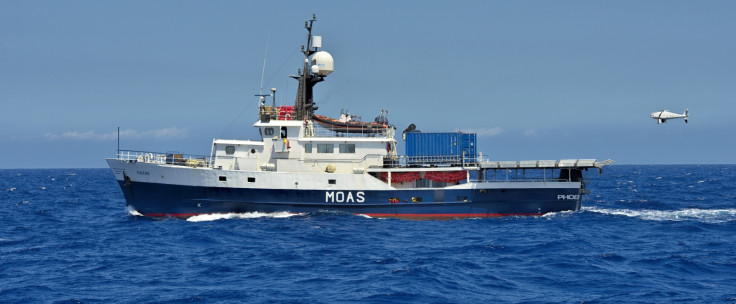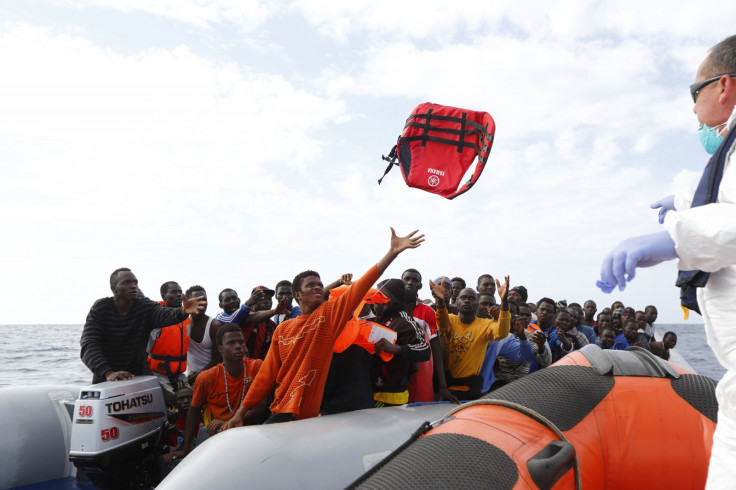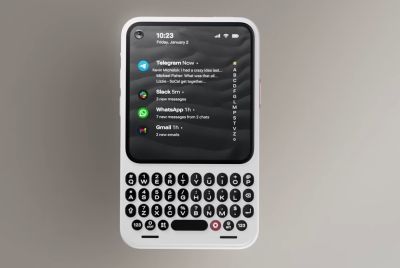Mediterranean migrant crisis: Over 3,000 people saved in 60 days using drone technology
An NGO based in Malta is using drones to patrol the Mediterranean Sea for overcrowded boats of migrants fleeing the African continent to Europe, and has so far managed to save over 3,000 people in 60 days using the technology.
The Migrant Offshore Aid Station (MOAS) is the brainchild of American millionaire Christopher Catrambone, a New Orleans native who moved his family to Malta in the aftermath of Hurricane Katrina.
Malta is near to one of the major smuggling routes and after hearing about the plight of migrants, Catrambone and his wife decided to invest $7.5m (£5m) – almost 50% of their savings – into setting up the world's first private maritime search and rescue operation.
MOAS consists of a 40m-long MY Phoenix search and rescue ship, two unmanned aerial vehicles (UAV), two inflatable boats and a crew consisting of technical experts and physicians from Doctors Without Borders (MSF).
Using drones to locate migrant boats

The UAVs being used are Schiebel S-100 Camcopters, an autonomous drone that can be flown up to 900km<sup>2 away from its ground control station, offering a real-time video stream and six hours of flying time.
"The Remotely Piloted Aircraft (RPA) system comes complete with air vehicles and an Embarked Control Station. This allows the operators to fly the RPA and process imagery and data directly onboard MY Phoenix," Catrambone explained to IBTimes UK.
"The RPAs are Vertical Take Off and Landing (VTOL) air vehicles that are optimised for operating in the maritime environment."
Over the weekend of 5-6 May, MOAS took part in a large-scale rescue operation with the Italian Navy and the Coast Guard that saw some 6,700 migrants rescued from overcrowded rubber dinghies. MOAS says that 369 of those people were rescued by the MY Phoenix.
"RPA technology has huge potential. With its sensors an RPA is able to detect targets and investigate them, allowing the operations officer to base his decision-making process on up-to-date situation awareness," said Catrambone.
"Furthermore, RPA can cover substantial areas when conducting search and rescue operations, enhancing the ability to detect vessels in distress. With their higher transit speed, RPA will allow MY Phoenix to react faster when investigating contacts that may require emergency support."
A more permanent rescue solution is needed

What makes the MOAS drones so crucial to the rescue efforts are the sensors they contain, which are able to generate real-time situational awareness, and the small rubber boats used by the migrants are very difficult to detect by radar.
The drone reports back to the MY Phoenix the last known position of the boat in trouble, and MOAS then sets out to rescue the migrants, with the operations officer on the ship using prevailing weather conditions such as current, wind, drift and heading to work out where the boat is once the MY Phoenix gets to it.
But although a lot of money has been invested in MOAS, a lot more still needs to be done to solve the Mediterranean migration crisis. More contribution from all EU member states to provide equipment for a permanent rescue operation is needed, and donations are greatly welcome too.
"What MOAS does is take the politics out of search and rescue and mitigate loss of life at sea," Catrambone stressed.
"More funding would allow MOAS to stay out at sea for a longer duration with a full equipment fit that would include the RPA system, the Rigid Hull Inflatable Boats (RHIBS), a full crew complement and the required additional specialists, and emergency supplies.
"It is also MOAS's aim to become more effective at saving lives. This would require acquiring other SAR capable vessels. RPA systems are not cheap to run and account for a sizeable chunk of the operating costs."
© Copyright IBTimes 2025. All rights reserved.






















